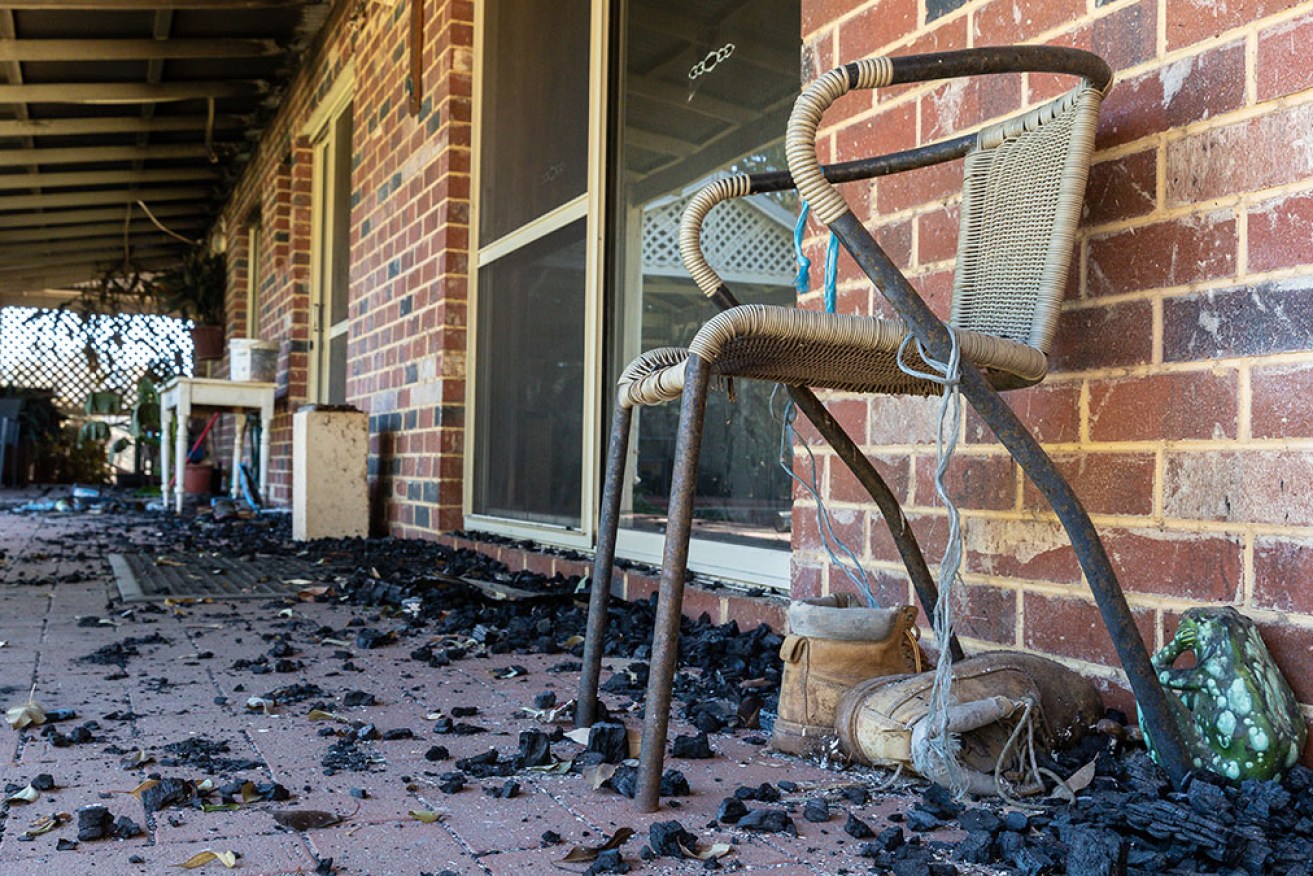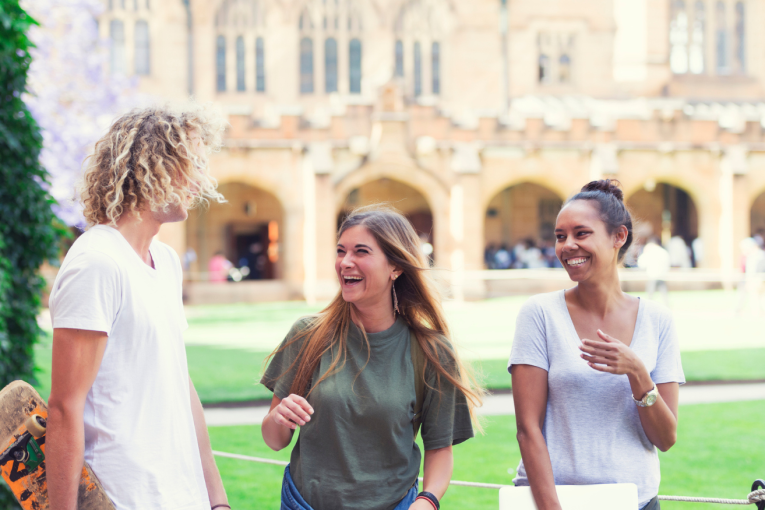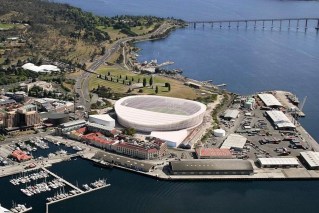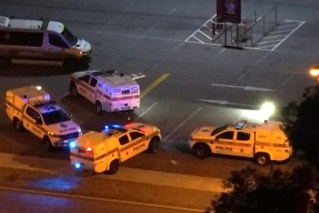Why bushfire safety rooms could be next home renovation trend

Bushfire-safe rooms could be next on the home improvements list. Photo: AAP
As Australians look to climate-proof their properties with solar panels and water tanks, perhaps bushfire-safe rooms could be next on the home improvements list.
Researchers have tested a bushfire-safe room that could protect people and valuables in an emergency.
“In theory, people could survive in this shelter for up to two hours, but we need to test other conditions like air quality before recommending human survivability too,” lead researcher Anthony Ariyanayagam said.
It’s the first time a bushfire-proof room has been built and tested using realistic bushfire exposure conditions.
The Queensland University of Technology team tested the room for more than an hour to simulate fire approaching, immersion by fire and residual heat.
The insulated room was made with steel-framed walls and fire-resistant concrete on the roof. It maintained an interior temperature of 29 degrees Celsius despite testing temperatures of nearly 1000 degrees outside.
Tweet from @ConversationEDU
Unlike safety bunkers, which are built as stand-alone shelters, the design has the potential to form part of an everyday house, or for its principles to be expanded to the whole house.
More than two million Australians live in areas that have a high or extreme risk of bushfire.
Australia’s only Pritzker Prize-winning architect Glen Murcutt has designed sleek, deceptively simple houses that respond to the nuances of their environment, including bushfires, since the 1980s.
Water features, sprinkler systems, heat-reflecting ceramic tiles and gutters that reduced leaf clutter are some of the design elements he’s used to make his houses more bushfire-resilient.
Yet despite this, a high level of bushfire resilience is not a compulsory part of Australia’s building standards.
That’s because the standards are designed to help protect human lives, not buildings, said Ian Weir, one of Australia’s only specialists in bushfire architecture.
Dr Weir, who used to work with the QUT team, said Australia needed more structural fire engineers working on residential fire safety.
“In a way, a bushfire is still just a really exciting random event, whereas every single commercial building has to be built to a fire code. Structural engineers often just focus on that market,” he said.
“We need structural engineers who are translating what they know about commercial fire safety to a bushfire setting to help architects.”
Dr Ariyanayagam said more tests needed to be made.
“While the full-scale tests added to knowledge of building structure bushfire performance, only testing a vacant structure in a real bushfire would provide definitive results.”
-AAP








